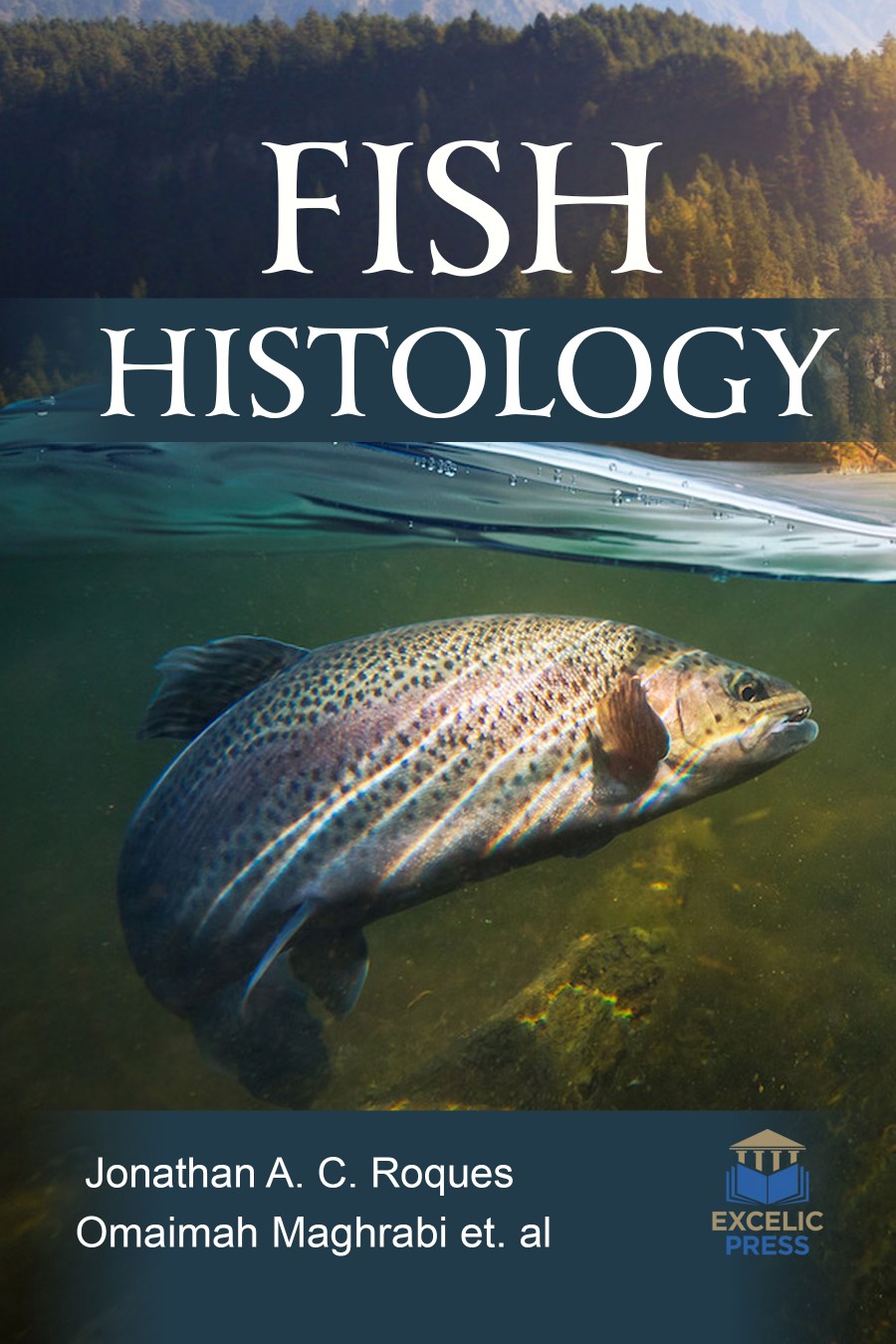Histopathological investigations have long been recognized to be reliable biomarkers of stress in fish. Histopathological changes have been widely used as biomarkers in the evaluation of the health of fish exposed to contaminants, both in the laboratory and field studies. One of the great advantages of using histopathological biomarkers in environmental monitoring is that this category of biomarkers allows examining specific target organs, including gills, kidney and liver, that are responsible for vital functions, such as respiration, excretion and the accumulation and biotransformation of xenobiotics in the fish Histopathology is a well-known technique to understand relationship between the concentration of toxicant in the water and its effect on the target organs of the fish. It also gives us an idea about the safe concentrations of chemicals in the environment. It can be used to determine the effects of environmental contaminants on fish and other aquatic organisms. Histopathology can be used to study complicated problems in the aquatic toxicology; identification of toxic mechanisms and prediction of safe concentrations. With the help of histopathology we are able to trace the mode of action of a toxicant on the fish by observing the change in the structure of target organ e.g. cells, tissue, organs and function of the organ. Histopathology has been accepted as an important tool in medicalscience for many years.
Fish Histology provides state of the art research and comprehensive information that emphasizes the relationships and concepts by which cell and tissue structures of fish are inextricably linked with their function. The book also describes the most recent development in the sciences of fish histology providing detailed information on the histology of all organs of fishes. It highlights advances, trends and applications in the modern histological techniques and tissue preparations. Histopathological changes in gills, Liver and kidneys observed microscopically showed increasing degrees of damage in the tissues in correlation with the concentration of aluminum, while gills, liver and kidneys of control groups exhibited a normal architecture.
This edition will be of valuable to veterinary medical practitioners, researchers, biologists, ichthyologists, fish farmers, veterinarians working in fisheries and, of course, by comparative histologists who want to learn more about the fish world.













